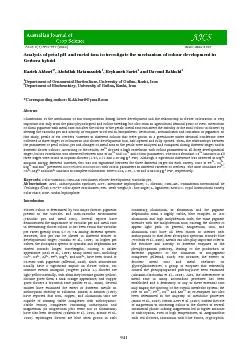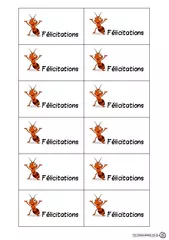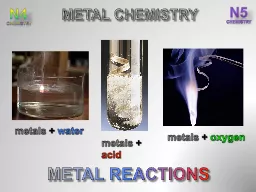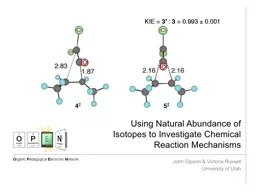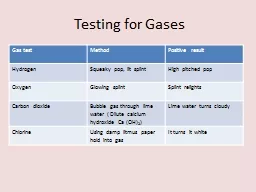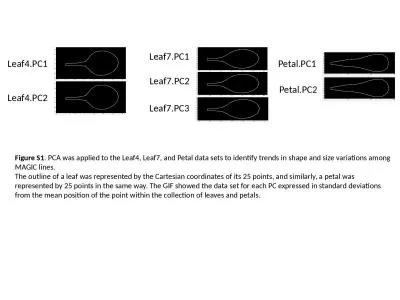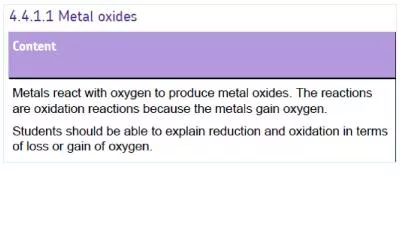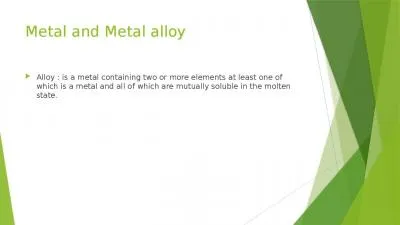PDF-Analysis of petal pH and metal ions to investigate the mechanism of co
Author : ellena-manuel | Published Date : 2015-09-23
941 AJ CS 7 7 941 947 20 13 ISSN1835 2707 Gerbera hybrid Razieh Akbari 1 Abdollah Hatamzadeh 1 Reyhaneh Sariri 2 and Davoud Bakhshi 1 1 Department of Ornamental
Presentation Embed Code
Download Presentation
Download Presentation The PPT/PDF document "Analysis of petal pH and metal ions to i..." is the property of its rightful owner. Permission is granted to download and print the materials on this website for personal, non-commercial use only, and to display it on your personal computer provided you do not modify the materials and that you retain all copyright notices contained in the materials. By downloading content from our website, you accept the terms of this agreement.
Analysis of petal pH and metal ions to investigate the mechanism of co: Transcript
Download Rules Of Document
"Analysis of petal pH and metal ions to investigate the mechanism of co"The content belongs to its owner. You may download and print it for personal use, without modification, and keep all copyright notices. By downloading, you agree to these terms.
Related Documents

